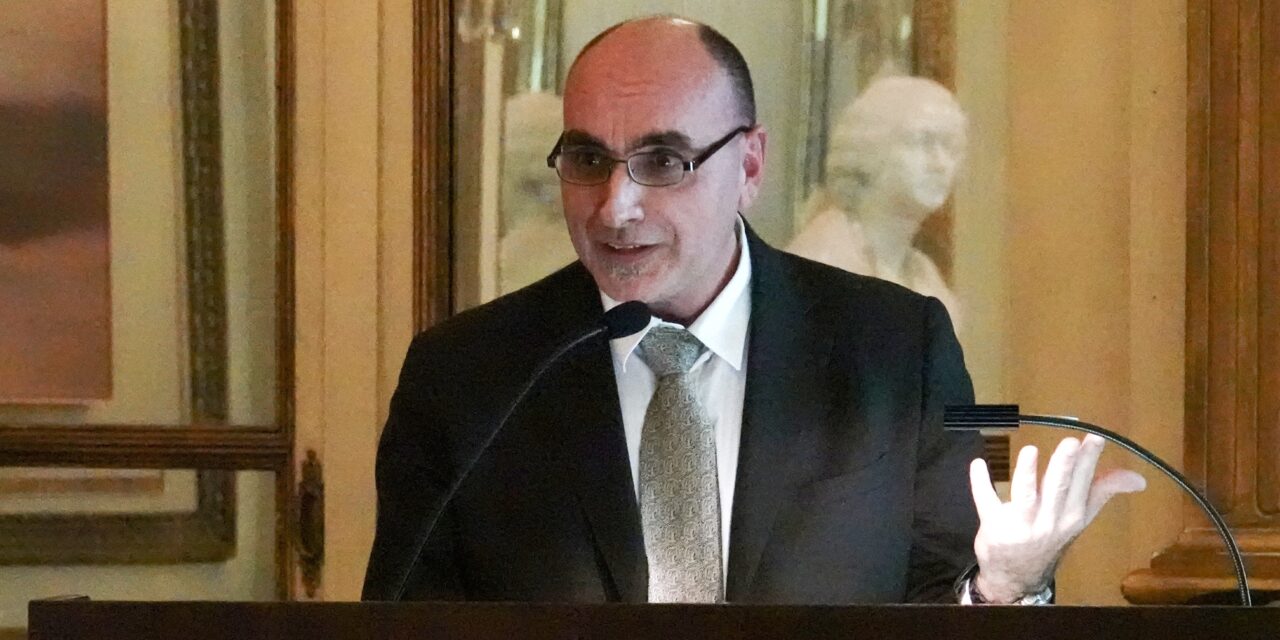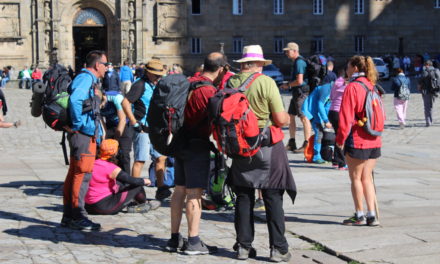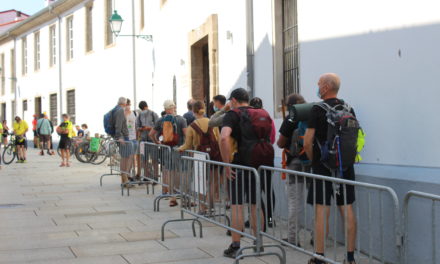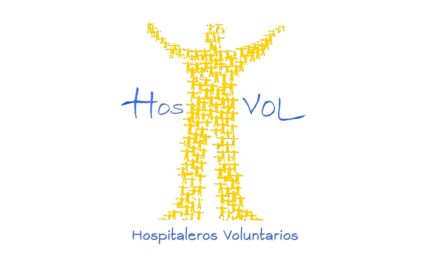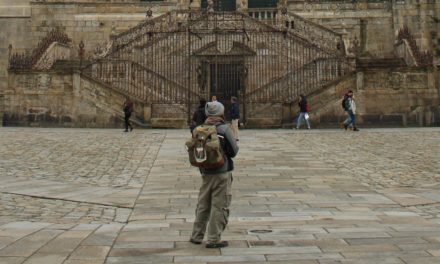A current look. Past and present of the Declaration of the Camino de Santiago as Unesco World Heritage (1993-2023).
Manuel Antonio Castiñeiras González
President of the International Committee of Experts of the Camino de Santiago
On December 16, a commemorative act on the XXX Anniversary of the Declaration of the Camino de Santiago as World Heritage was held at the Hotel/Hostal of the Catholic Monarchs. Beyond institutional speeches, a round table was dedicated to reflecting on the news of the “Camino de Santiago” as World Heritage. ” It was a time to remember who we are, where we are and in which direction we should direct our steps.
In the first place, we cannot forget that the 1993 UNESCO statement was the fruit of a long process of affirming the patrimonial value of the French Way, whose starting point was in 1985, when the city of Santiago de Compostela became heritage World Cup and the Europalia exhibition, Santiago de Compostela took place. Mille ans de Pèlerinage, in which Compostela and its pilgrims way became Spain’s best letter of presentation on the occasion of its entry into the European Community. It should be remembered that only two years later, in 1987, the Council of Europe declared to the Camino de Santiago, the first European cultural itinerary, thus opening the doors to the future worldwide recognition of UNESCO. Both statements, that of 1985 and 1993, recognize the unique identity and universal values of Santiago de Compostela and the Camino de Santiago from criteria I, II and VI of Icomos:
(I) For representing a masterpiece of the creative genius of humanity: if the cathedral of Santiago de Compostela and its historic centre constitute one of the most significant examples of “saints” of the globe, the road to Santiago, from Roncesvalles to Compostela, is a magnificent example of cultural heritage constructed and created to meet the needs of the pilgrims, with its churches, hospitals, shelters, bridges, sources and all kinds of Jalonan infrastructure from the Middle Ages of the route the Way followed.
(II) for promoting an important exchange of human values in a large space or area of the world: the Jacobean sanctuary exerted during the Romanesque and Baroque periods a decisive influence on the development of art and architecture, both in Galicia, and in the north of the Iberian Peninsula. The Camino de Santiago played an important role in the cultural connection between the Iberian Peninsula and the rest of Europe, which covered art, trade and urban development.
(VI) But, without a doubt, the most transcendent value is that both – the city and the way – are directly associated with living traditions and beliefs of universal meaning. Without the millenary and massive pilgrimage to Santiago, a route of faith, it would not have been possible to erect its great Romanesque cathedral or the construction of a European identity.
Sometimes we forget that these statements are not immovable, as they affect cities and spaces in continuous transformation. If we see them as triumphs or conquests of an identity or a collective legacy, we must also understand that their care entails commitments and duties. In 1998, the four roads of Santiago in France cited in Book V of the Liber Sancti Iacobi -the via touronensis or Paris, the via lemovicensis or Vézelay, the via podiensis or Le Puy, and the Tolosana via, were also declared Good world heritage, although in the Gallic country this statement affected only monuments and not the way itself, except for some exceptional sections. In 2015, the Declaration of World Heritage, Camino de Santiago, was completed in the Spanish case, which until then only included the French Way, with the four routes of the Northern Roads (coastal road, primitive road, Lebaniego road and the Basque interior way, Riojan).
To this is added the case of Galicia, which concerned with recognizing and protecting historical routes to Compostela in its territory created in 1996 the “Law of the Roads of Santiago”, in which it differentiated between the French Way as “of Great Cultural interest ”and, therefore, protected, and the other Galician routes, which were considered to be “of catalogued interest “, but their delimitation and demarcation still had to be undertaken. As a result of this long process of affirmation and recognition in 2016, the Heritage Law of Galicia was approved, which finally established as pilgrimage routes, ten paths, following the criterion that its historicity was well documented: the French road; the Route of the Sea of Arousa and Río Ulla; the primitive path; The North Way; the English road; The Portuguese road; the Portuguese path of the coast; the winter path; the road of La Plata or Mozárabe road; and the path of Fisterra and Muxía.
This explosion of roads and their legal recognition has brought with it far more than a few problems. In the first instance, it forces institutions to guarantee their protection, and demands that they become the objects of study and dissemination. This challenge is an obligation that requires great effort due to the transformations that the road has undergone in recent decades. Since 1993 the Jacobean route has become a global, and not simply European, phenomenon. This has meant that in recent years that some sections, especially the Galicians who benefit from the 100 km that the Compostela card recognizes, have often fallen into disarray. On the other hand, the success of contemporary pilgrimage has generated unparalleled pressure on municipalities and councils to recognize other paths to Santiago, or even very well -documented historical paths, for the benefit of commercial and touristic interests. Finally, we cannot forget that the pressure on some historical centres, such as the city of Santiago de Compostela, has generated in part of the population a ‘pilgrimophobia’, which means that we should analyse with care the institutions and the different social agents, to ensure that respect for our patrimony prevails over economic interests.
That is why we must be alert, because having turned the Camino de Santiago into a trade mark of great success, its excessive exploitation can lead to the destruction of ‘the goose who lays the golden eggs’. Obviously, we must look back and analyse the ideals on which the basis of the contemporary rebirth of the road are set. The phenomenon of pilgrimages that since 1992 leads the International Committee of Experts of the Camino de Santiago, whose mission is none other than studying and disseminating the Jacobean legacy in all its aspects and advising the Xunta de Galicia in making decisions about these matters.
If we talk about heritage, we must be aware that the meaning of the word has changed in the last thirty years. Heritage is not only constructed out of edifices and objects, but also the natural environment, formed by the landscape and nature. Heritage is also the immaterial legacy of the road: hospitality, spirituality and universal brotherhood. Adopting these values will make the path survive. Many current pilgrims seek that legacy: some walk because they love nature or sport, others crave the disconnection from the world that so that they can flee from the stress of current civilization or maybe from a personal crisis, and some find in the challenge of this magic Millennial route full of sacredness the response to their spiritual concerns. Hence, the Camino de Santiago has become a global phenomenon, attractive to people from different nations, cultures, religions and creeds.
In this sense, it is worth reviewing the Master Plan of the roads of Santiago 2022-2027 approved by the Xunta de Galicia, which lays down the foundations of the evolution of the Way until the next Holy Year 2027. This plan establishes the need to protect the landscape and natural environment of many of the sections of the Jacobean routes, with the extension of stretches as yet unpaved, as well as a plan for the restoration of assets that can be used as infrastructures of the road. In addition, the competent authorities are urged to facilitate entry into churches and monuments along the route. Hopefully, this will be an incentive to remove some of threats that loom up in our paths, such as the proliferation of wind farms, which destroy the magic of the landscape, the impossibility of enjoying the millenary heritage of the road due to the closure of the monuments, or simply the lack of cultural projects designed to increase awareness of this universal legacy.
Certainly, we must all make an effort, including our society and its institutions. Obtaining recognition also implies duties and obligations. In the case of the International Committee of Experts of the Camino de Santiago, an organ that advises the Xunta de Galicia in this matter, we have managed to evolve to respond to these new challenges. From the originally strictly European composition of our members, in the 90s we added the U.S.A., Chile and Japan- thus involving three continents (Europe, America and Asia). In the same way that from having of a fundamentally historical, artistic and philological profile, we have incorporated other sensibilities that respond to the modern world: tourism, economy, religion, geography, or the media. All this will allow us to face the challenges of the future with more wisdom and be more able to protect this precious patrimonial asset that is our legacy from the past: the Camino de Santiago.

